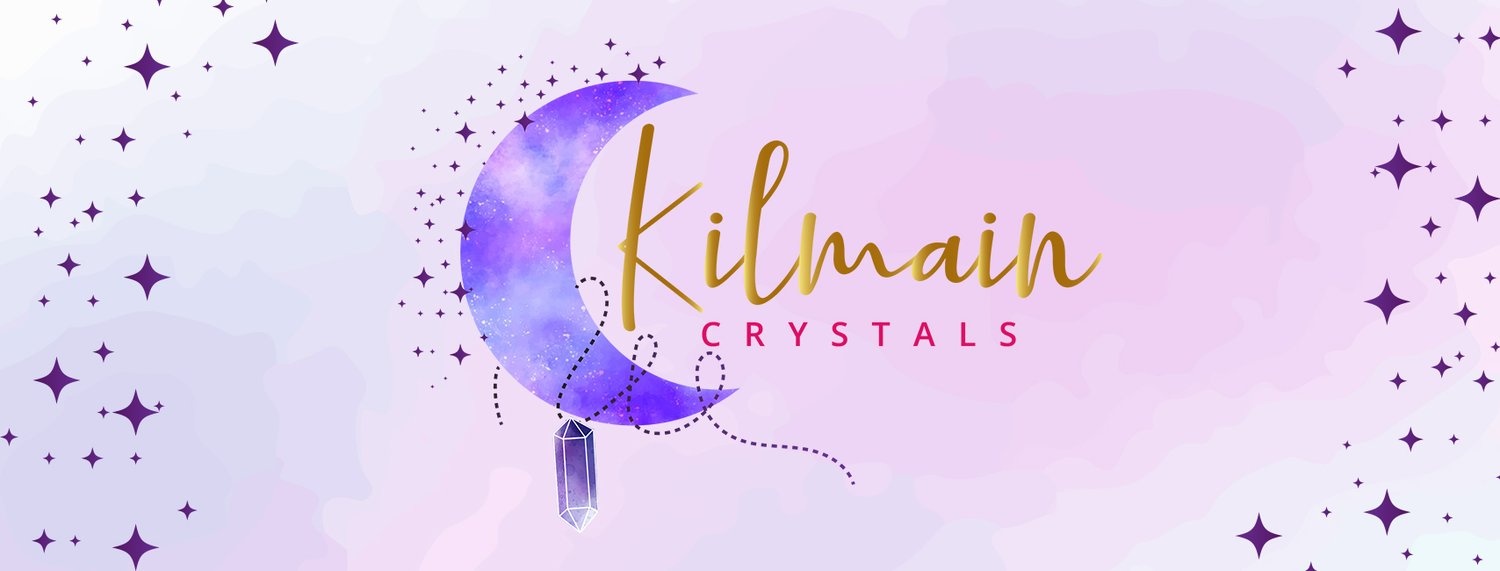Bee-utiful Blooms: The Best Flowers and Plants for Supporting Local Bee Populations this Spring
As the last wisps of winter disappear, gardeners everywhere are itching to get outside and start planting.
But before you break out the trowel and seeds, consider the tiny, but mighty, creatures that will be visiting your garden: bees!
Bees are some of the hardest-working creatures in the garden, pollinating flowers, fruits, and vegetables as they flit from bloom to bloom.
But with many bee populations facing threats from habitat loss, pesticides, and climate change, it's more important than ever to create bee-friendly gardens that provide these vital pollinators with the food and shelter they need to thrive.
So, which flowers and plants should you plant this spring to support your local bee population?
Spring-Blooming Flowers for Bees
1. Crocuses: These tiny, cup-shaped flowers are some of the first to bloom in spring and are a vital source of nectar for early-rising bees.
2. Daffodils: With their bright yellow and orange blooms, daffodils are a beacon for bees on chilly spring mornings.
3. Tulips: While many tulip varieties are bred for their showy blooms, many species are also rich in nectar and pollen, making them a bee favorite.
4. Hyacinths: The sweet, heady scent of hyacinths is irresistible to bees, who flock to their purple, pink, and white blooms.
5. Forget-Me-Nots: These tiny, blue flowers may be small, but they're packed with nectar and pollen, making them a valuable resource for bees.
Perennials and Shrubs for Bees
1. Lavender: This low-maintenance shrub is a bee magnet, with its fragrant purple blooms providing a rich source of nectar.
2. Coneflowers: With their large, showy blooms and rich stores of nectar and pollen, coneflowers are a bee favorite.
3. Black-Eyed Susans: These bright yellow flowers are a staple of many bee-friendly gardens, providing a rich source of nectar and pollen.
4. Bee Balm: This fragrant herb is a member of the mint family and is renowned for its ability to attract bees and other pollinators.
5. Rosemary: This fragrant, evergreen shrub is a valuable source of nectar and pollen for bees, and is also a natural repellent for pests.
Tips for Creating a Bee-Friendly Garden
1. Choose a variety of plants: Bees need a diverse range of plants to provide them with a constant source of nectar and pollen.
2. Plant in clusters: Bees are more likely to visit clusters of plants than single blooms.
3. Avoid pesticides: Many pesticides are toxic to bees, so try to use natural methods to control pests in your garden.
4. Provide a source of water: Bees need water to drink and to cool their bodies, so provide a shallow dish or birdbath with fresh water.
5. Create a bee hotel: Many species of bees need a safe place to nest and lay their eggs, so consider creating a bee hotel using materials like bamboo, straws, and wood.
By incorporating these flowers, plants, and tips into your garden, you'll be well on your way to creating a bee-friendly haven that will support your local bee population and provide you with a bounty of delicious fruits, vegetables, and flowers.
As we plant our bee-friendly gardens and welcome these precious pollinators into our lives, let's not forget the profound impact they have on our world.
Bees are more than just a nuisance at a summer picnic or a helpful addition to our gardens - they are the unsung heroes of our ecosystem.
Without bees, our grocery stores would be barren and our plates would be empty.
One-third of the food we eat is directly or indirectly dependent on bee pollination, from the apples we bite into to the avocados we mash onto our toast.
But bees give us more than just food - they give us beauty, wonder, and a connection to the natural world.
As we watch them flit from flower to flower, collecting nectar and pollen for their hives, we're reminded of the intricate web of life that binds us all together. So let's cherish these tiny creatures, shall we?
Let's plant our bee-friendly gardens with love and care, and welcome these precious pollinators into our lives with open arms. For the future of our planet - and our plates - depends on it.
Happy gardening, and let's give those bees something to buzz about!
tags;Bee-friendly garden,Spring flowers for bees,Perennials for pollinators,Bee hotel,Natural pest control,Pollinator garden,Gardening for bees,Bee conservation,Wildlife gardening,Create a bee-friendly garden this spring with our top picks for flowers,plants, and tips to support your local bee population and attract these vital pollinators to your yard, flowers for bees, flowers to attract bees, flowers to support bees, what are the best flowers for bees.





